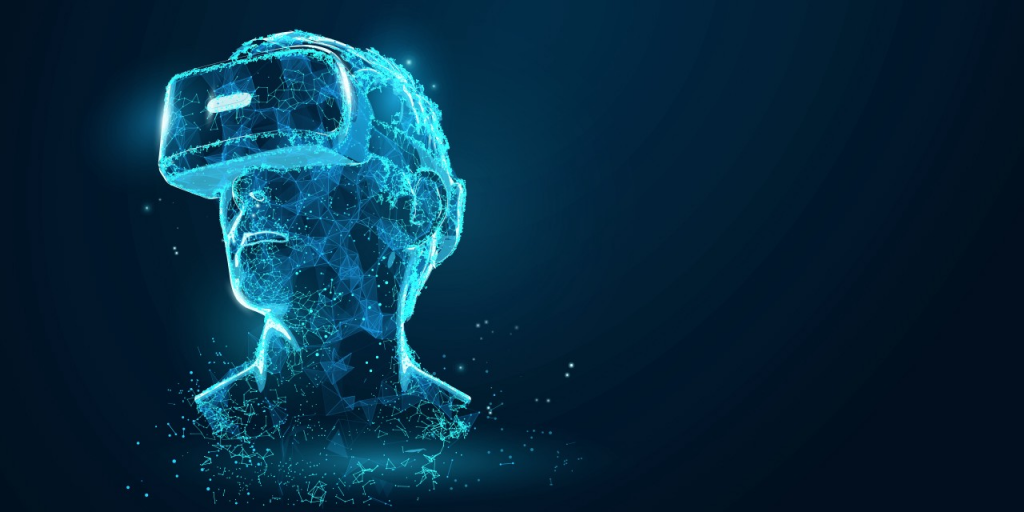It is a high time to start inducing the thought of creative thinking and innovation in the minds of young children. Virtual Learning in Education has introduced new environments for teachers and students to teach as well as learn. The 3D domain created with virtual reality makes learning more fun, exciting, and enjoyable. Virtual classrooms allow children to explore their potentials and have greater professional orientation without having to leave the classroom.

People are persistently seeking to transfer knowledge more easily, quickly, and effectively, since transferring valuable knowledge is the key to civilization. We are living in the era of digitization which has privileged us to make effective use of technology for a better learning experience. Hence, the introduction of virtual reality in educational institutes is the next step for the evolution of education.
Keep reading to know how virtual reality can transform the way educational content is delivered.
A better sense of place
Reading something from books does not give an opportunity to students for practical implementations. VR learning in high schools allows students to explore the topic and see how things are put together rather than limiting them to word descriptions or book illustrations. Leaning in virtual reality engages the mind in a way that is remarkable and the lessons learned are unforgettable.
Amplifies the learning experiences
Similar to the hands-on experience gained by the students in the practical laboratories, small VR devices also act as mini as well as well-equipped labs.
Learn through implementation
Implementing a particular theory is not practiced in the typical education system. Students are more focused on cramming the theory rather than performing practicals. However, VR educational content allows the students to discover their potentials by executing what they have learned instead of passively reading.
Emotional reactions
Virtual reality in education keeps the students engaged the whole time making memorable and unforgettable experiences.
Boosts Creativity
Having virtual reality in education makes students magnify their creative skills along with absorbing what they have studied. VR lessons excel in the art of storytelling and conducting interactive sessions.
Read: How Will Virtual Reality Technology Change Us
Hence VR in education makes sure to appropriately deliver the message to the students ensuring that they are efficiently heard and understood.
Visual learning
Children are visual learners and they do what they watch and picturise. Visually understanding complex functions or mechanisms makes it easier for students to comprehend. Visual representation of lessons amplifies the learning mindset of students.
Immersive
The designs and effects given to a boring lesson is what engages the attention and focus of children towards the topic. For example, history lessons coming alive in the form of stories for students tend to have a greater impact on students than reading them through the books.
Easy to use
VR does not require students to have special skills to interact or take lessons. Hence, students can attend lectures anytime, sitting anywhere.
Adaptable
VR allows students to learn and explore at their own pace without being compared to other students who are slow or quick learners. Virtual reality products are designed keeping into consideration every student grasping speed and capabilities.
Measurable
Although students are learning independently, teachers are also able to track the metrics of education and their student’s learning behavior. This helps the educational institutions and their teachers to make sure that introducing VR for education is a success or a failure.
Are users ready to embrace this new technology?
It can not be negated that virtual reality was dedicatedly introduced for gaming purposes and entertainment. But with the advancement in technology, educational institutes are desiring to introduce virtual learning to their students for shaping innovative and creative minds.
CONCLUSION
Virtual reality is rapidly enhancing the student’s learning and engagement in all the subjects. It has completely transformed the way educational content was delivered to the students. Along with watching the lesson, students are also privileged to interact. This motivates the students to understand the crux of each topic and then move forward.
